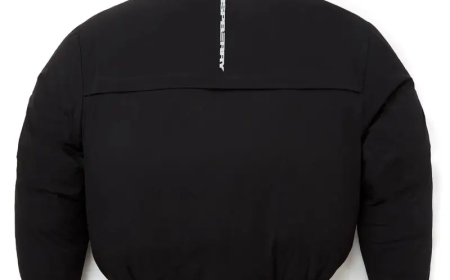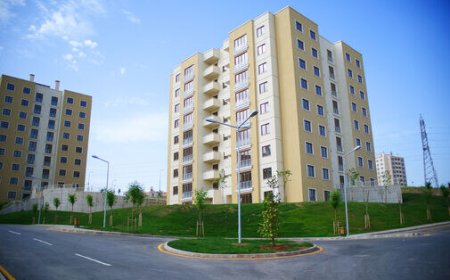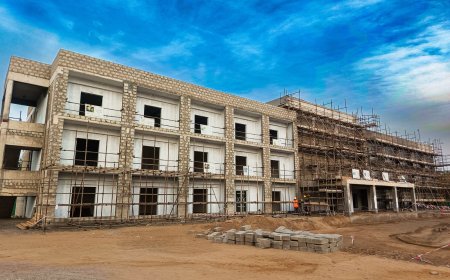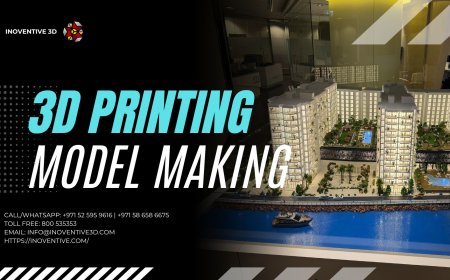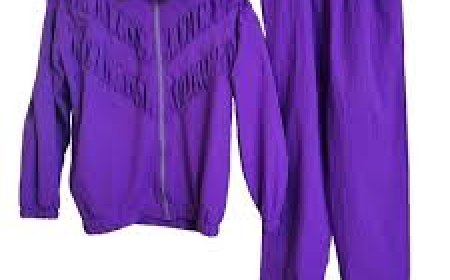Understanding the Chilled Mirror Hygrometer Precision in Dew Point Measurement
Chilled Mirror Hygrometer

In industries where humidity control and precise moisture measurements are critical, the accuracy of hygrometers can make or break processes. One of the most reliable and highly accurate instruments used for humidity and dew point measurement is the chilled mirror hygrometer. Unlike conventional sensors, this device employs fundamental physical principles to determine dew point, making it an indispensable tool in applications that demand consistent, traceable measurements.
This article delves deep into how chilled mirror hygrometers work, their benefits, industrial applications, limitations, and how they compare with other humidity measurement technologies. Whether you're in pharmaceuticals, aerospace, petrochemicals, or environmental monitoring, understanding this technology can help improve your process control and compliance.
What Is a Chilled Mirror Hygrometer?
A chilled mirror hygrometer is a scientific instrument designed to measure the dew point temperature of a gas with exceptional accuracy. The dew point is the temperature at which moisture in the air begins to condense into liquidan essential parameter in various industrial and laboratory settings.
The device operates by cooling a reflective surface (the mirror) to the point at which condensation forms. An optical sensor detects the moment when water vapor begins to condense on the mirrors surface. The temperature at that exact point is recorded as the dew point temperature, and from this, the relative humidity or absolute humidity of the gas sample can be derived.
Unlike resistive or capacitive sensors, Dew Point Sensor are based on a direct measurement of condensation, making them a primary standard in dew point analysis and calibration labs worldwide.
How Does a Chilled Mirror Hygrometer Work?
The core mechanism of a chilled mirror hygrometer includes several key components:
-
A highly polished mirror
-
A thermoelectric cooler (TEC or Peltier device)
-
An optical detection system (typically using a photodetector and light source)
-
A precise temperature sensor (usually platinum RTD)
-
A feedback control loop
Heres a step-by-step breakdown of how it works:
Cooling the Mirror: A sample gas flows over the mirror surface, which is actively cooled by a Peltier element. As the temperature drops, the gas loses its ability to hold moisture.
Condensation Detection: At the dew point, condensation begins to form on the mirror. An optical beam (usually infrared or visible light) reflects off the mirror, and the system continuously monitors the intensity of this reflected light.
Feedback Control: Once a decline in reflectivity is detectedsignifying condensationthe system enters a control loop, adjusting the mirror temperature to maintain a stable dew layer.
Dew Point Measurement: The temperature at which the condensation remains in equilibrium (neither evaporating nor increasing) is recorded as the accurate dew point.
This closed-loop method ensures a stable, repeatable, and highly accurate measurement unaffected by sensor aging or drift.
Advantages of Chilled Mirror Hygrometers
Chilled mirror hygrometers offer several distinct advantages over other humidity sensors:
High Accuracy and Repeatability
These instruments are considered primary standard measurement tools. Their reliance on direct physical principles means they do not require frequent calibration and exhibit very low measurement uncertainty.
Long-Term Stability
Unlike capacitive or resistive sensors that degrade over time, Dew Point Sensor maintain stability for years. Their accuracy doesn't fluctuate due to material fatigue or contamination (as long as proper maintenance is followed).
Wide Measurement Range
They can measure dew points as low as -100C and as high as +100C, covering applications in ultra-dry gas systems to humid environmental testing.
Traceable Calibration
The dew point values measured can be directly linked to NIST-traceable standards, making them ideal for use in laboratories, metrology institutions, and quality assurance systems.
Compatibility with Aggressive Gases
Specialized models can measure dew point in reactive or corrosive gases, such as those found in chemical and petrochemical industries, when equipped with appropriate mirror materials and protective coatings.
Applications of Chilled Mirror Hygrometers
Chilled mirror hygrometers are used across a wide spectrum of industries where precise moisture content is essential. Here are some notable application areas:
Pharmaceutical and Medical Industries
In drug manufacturing, especially with lyophilization (freeze-drying) and tablet production, controlling ambient humidity is vital. Dew Point Sensor ensure compliance with GMP standards by providing reliable humidity control.
Semiconductor and Electronics Manufacturing
These environments require ultra-dry conditions to prevent damage to sensitive electronic components. A Dew Point Sensor offers high-precision dew point control to meet ISO cleanroom standards.
Petrochemical and Natural Gas Processing
Moisture can corrode pipelines and affect product quality. Dew point measurement is crucial in natural gas drying, pipeline transmission, and gas chromatography. Chilled mirror technology ensures process integrity.
Calibration Laboratories
Metrology labs use Dew Point Sensor as reference instruments to calibrate other humidity sensors due to their high reliability and accuracy.
Environmental and Climate Research
When conducting atmospheric studies or climate simulations, accurate dew point data is essential. Chilled mirror hygrometers provide the precision needed for scientific models and field studies.
Limitations and Considerations
While Dew Point Sensor offer top-tier performance, they do have some limitations:
Maintenance Requirements
The mirror must be kept clean for accurate reflectivity detection. Contaminants like oils, dust, or corrosive compounds can affect performance. Automatic cleaning systems are available on some models.
Cost
These instruments are generally more expensive than capacitive or polymer-based humidity sensors, which may not be cost-effective for all applications.
Size and Portability
High-precision laboratory units tend to be bulkier and less portable. However, newer models now offer compact and rugged portable solutions for field use.
Response Time
Because the system relies on reaching an equilibrium condensation point, it may take longer to stabilize than some electronic sensors, particularly in rapidly changing environments.
Conclusion
The chilled mirror hygrometer stands as a gold standard in dew point and humidity measurement. With its reliance on fundamental thermodynamic principles, unmatched accuracy, and long-term stability, it remains the trusted choice for mission-critical applications across industries.
Though it may require higher upfront investment and routine maintenance, the value it brings through precision, traceability, and reliability far outweighs the costespecially in industries where moisture control is paramount.










